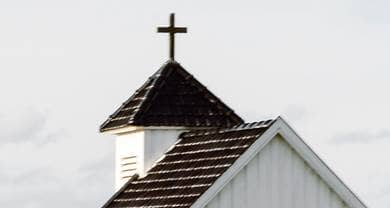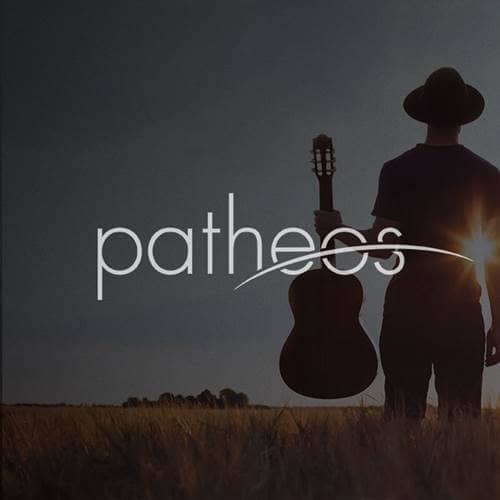- Trending:
- Forgiveness
- |
- Resurrection
- |
- Joy
- |
- Feminism
- |
- Afterlife

RELIGION LIBRARY
Methodist
Sacred Time
Sacred time, for the Methodist churches, is organized on several scales. On the largest scale there is the division of history into the periods of creation to the fall, the fall to the incarnation, life of Jesus, and crucifixion and resurrection to the end of time (the Apocalypse). On the smallest scale, there is the division of time at a service of worship.
Between these two scales, there is the division of a year according to the liturgical calendar (a "liturgy" is an organized order of worship; a "liturgical calendar" is the ordering of worship services through a year). Like almost all Christian churches, the Methodist churches organize the schedule of weekly worship services throughout the year on a pattern tied to events in the life of Jesus. For the United Methodist Church (the largest Methodist denomination in North America), the liturgical calendar is laid out in the United Methodist Book of Worship. The year is divided into:
- Advent (the four Sundays before Christmas; Advent ends at sundown of Christmas Eve)
- Christmas season (from sundown Christmas Eve through January 5) The first Sunday in January honors the naming of Jesus and his circumcision.
- Season after Epiphany (January 7 until the day before Lent) Epiphany, celebrated on January 6, marks the visit of the three wise men to the infant.
- Lent (seventh Sunday before Easter until sundown Easter Eve). Lent begins with Ash Wednesday, and ends in Holy Week or Passion Week, which is the week that commemorates Jesus' last week before his crucifixion. Palm Sunday marks his entrance into Jerusalem; Holy Thursday or Maundy Thursday marks the Last Supper of Jesus and his disciples; Good Friday marks his crucifixion.
- Easter Season (from sunset Easter Eve through the day of Pentecost). Easter marks the resurrection of Jesus from the grave, and is generally considered the holiest day of the year by Methodists and other Christians. Pentecost derives from a Jewish holiday. The word literally means "the fiftieth day." It marks the descent of the Holy Spirit on Jesus' followers as they were gathered following Jesus' death and resurrection. The Spirit allowed them to speak in different languages and to understand one another. It typically marks the founding of the church.
- Season after Pentecost (from the day after Pentecost through the day before Advent).
Two things about this liturgical calendar are particularly noteworthy. First, it is not evenly spaced through the calendar year. Rather, sacred times are concentrated around Christmas and Easter. In other words, sacred time is not uniform and homogenous like secular time; it ebbs and flows, with celebration and mourning and the simple yet profound continuation of life. Second, some of the sacred days have a fixed day (Christmas is always on December 25th, for example). Some are linked to the lunar schedule, and move from year to year. Easter is the first Sunday after the first full moon after the spring equinox, for example.
Worship services for Methodists almost always have scripture readings, and sermons based on scripture readings. Many Methodist Churches use a lectionary to determine which passages of scripture will be read each service. This lectionary is not exclusively Methodist, but is a "common" one, shared by many Christian traditions. It is organized into a three-year cycle, so that over the course of three years, if you attend church regularly, you will hear almost the entire Bible. The use of the lectionary has been controversial at certain times in Protestant history, since it is selective and causes excerpts of the Bible to be read out of the context of the book in which it appears. So, for example, rather than reading and preaching on one of the gospels straight through, a minister using the lectionary will preach on excerpts from the passion story of each of the four gospels during Easter Season.
Study Questions:
1. How is sacred time navigated on the large and small scale?
2. Describe the Methodist liturgical year's major events.
3. How does the liturgical year differ from the West's traditional understanding of calendars?
4. What is the lectionary? How is it cyclical?










